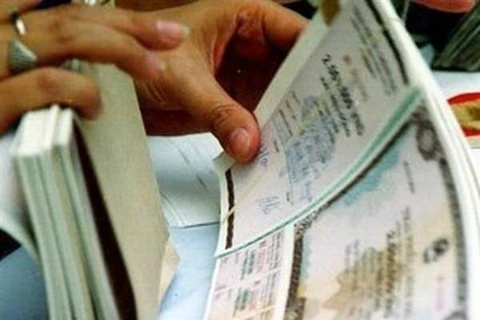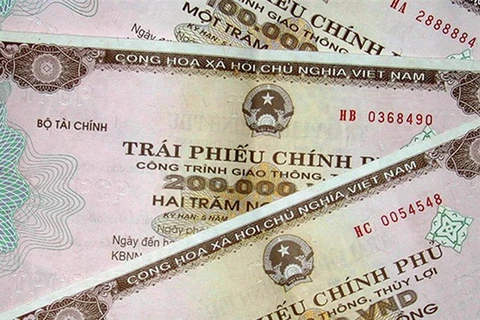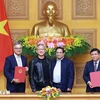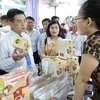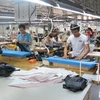Hanoi (VNA) – The Hanoi Stock Exchange (HNX) has mobilised 2.37 trillion (around 104.4 million USD) by auctioning off Government bonds issued by the State Treasury.
Specifically, the amount includes 1.1 trillion VND worth of 20-year bonds with an annual interest rate of 5.82 percent.
Successfully bidders bought 1.27 trillion VND worth of 30-year bonds with an interest rate of 6.22 percent per annum.
Meanwhile, there was no successful bid for five-year bonds.
Since the outset of this year, the State Treasury has mobilised nearly 141 trillion VND (6.2 billion USD) from issuing Government bonds through auctions at the HNX.-VNA
Specifically, the amount includes 1.1 trillion VND worth of 20-year bonds with an annual interest rate of 5.82 percent.
Successfully bidders bought 1.27 trillion VND worth of 30-year bonds with an interest rate of 6.22 percent per annum.
Meanwhile, there was no successful bid for five-year bonds.
Since the outset of this year, the State Treasury has mobilised nearly 141 trillion VND (6.2 billion USD) from issuing Government bonds through auctions at the HNX.-VNA
VNA


